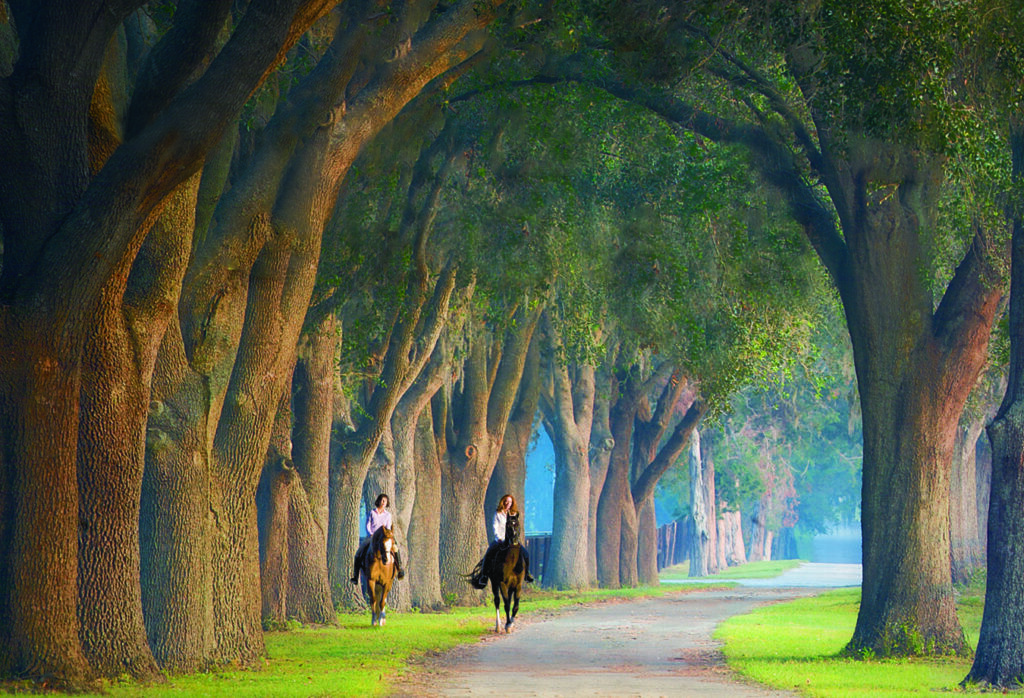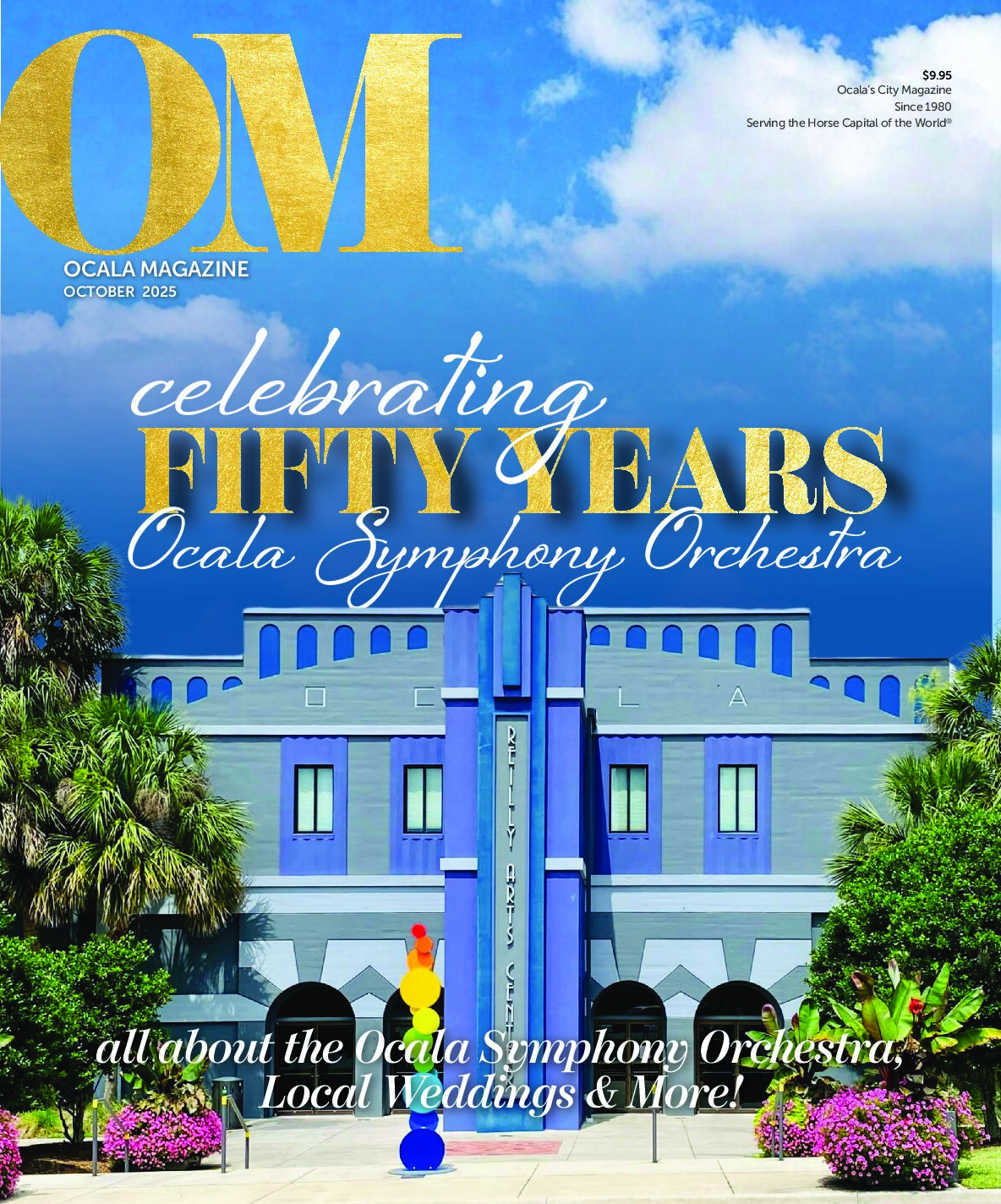
BY GLENN LANE
Here is one of the interesting things about oxygen: At standard temperature and pressure it is O2, or dioxygen; combine it with hydrogen, it is H2O; and with carbon, it is CO2. The cycle of all life on Earth depends on these oxygen-based molecules. Animal respiration of O2 creates CO2, plant-driven photosynthesis converts CO2 back to O2, and all species require H2O.
“Photosynthesis releases oxygen into the atmosphere, while respiration, decay and combustion remove it. In equilibrium, production and decay occur at the same rate,” according to Wikipedia.
For humans, oxygen is like love. It is no big deal, unless you are not getting enough.
How much oxygen is enough? Big cities have much lower concentrations of oxygen than rural areas.
Where do you feel the LOVE?
If you are in Ocala reading this article, you are rich in oxygen. “Research indicates that a mature, healthy, actively growing live oak with a tree canopy coverage area approximately 2,800 square feet will produce on average 100,000 liters of oxygen per year, assuming that there is adequate water, sunlight and CO2 available for photosynthesis to occur,” according to the Environmental Journal.
“Mature oak trees increase their rate of photosynthesis in response to increased CO2 levels,” according to a new study published in Tree Physiology. That finding was based on an outdoor study led by the University of Birmingham in which an old forest is bathed in elevated CO2 levels.
In Ocala, we are loved by nature because we have a high degree of oxygen saturation. Oxygen sources include the Ocala National Forest, with its 607 square miles of forest, and the Florida Greenway and its 70,000 forested acres within its 110-mile linear park. We are situated in the best part, “Horse Country.” These landscapes are a treasure for us in many ways, including the copious levels of oxygen we enjoy from the surrounding forested areas.
It is easy to take a single tree for granted, depending on its location and its significance to us. A random oak tree in the forest may seem insignificant, but a majestic tree on a historic tree-lined road is more precious because of its location and its enchantment to our eyes. We see the loss of that one tree as much more detrimental to us than the one in the forest.
How do we use all of our powers to preserve the trees we love the most?
It turns out the answer may lay in a combination of human ingenuity and irony.
Power companies, aka Big Business, wanted to reduce heavy recurring capital expenditures caused by repeatedly cutting tree growth away from transmission lines. However, it turned out it was bad public relations to just whack all the trees out of the way.
In response to a utility company decimating trees, local residents would come out with torches and pitchforks to protect the trees. (God bless Darlene Wesner, RIP. Darlene saved many of our Marion County tree canopy roads from the power companies with her Scenic Road Initiative, successfully opposing the power companies from whacking down the tree canopies on our scenic roads).
So, big business experimented with chemistry.
The irony is that they discovered something we now call “TGR,”, or Tree Growth Regulator. Over time, it was proven that TGR both improves the health of mature trees’ roots and trunks and reduces growth up into the power grid. It can help restore a damaged tree to full health. The trademark name of the product is “Cambistat,” and it regulates “gibberellin biosynthesis,” or plant hormones. Who knew?
Behold, a beautiful tree-lined road. These trees are nearly 100 years old and that majesty cannot be surpassed by man. As chance would have it, some have been hit by lightning or have randomly been damaged in some other way. Can we restore some of these old trees to full health?
As an experiment in Ocala, the Via Paradisus Board of Directors – David Treitel, Wayne Selby, Steven Shaddix, Danny Gaekwad and myself – have engaged arborists Sherri Burch and Betty Young in an effort to restore three damaged trees to lasting health. The results of this experiment are to be shared in OM, hopefully as a benefit to our neighbors, who also may want to save precious trees on their property.
The project is to use methods of Tree Growth Regulation, originally developed by power companies, to save these trees and hopefully extend their lives.
Glenn Lane is an Ocala real estate developer, including Via Paradisus south of Ocala abutting the Florida Greenway.







